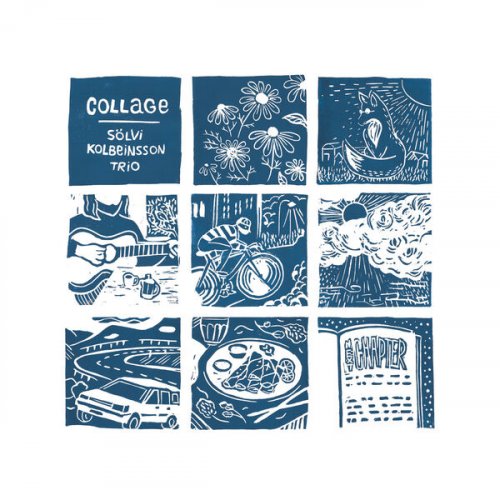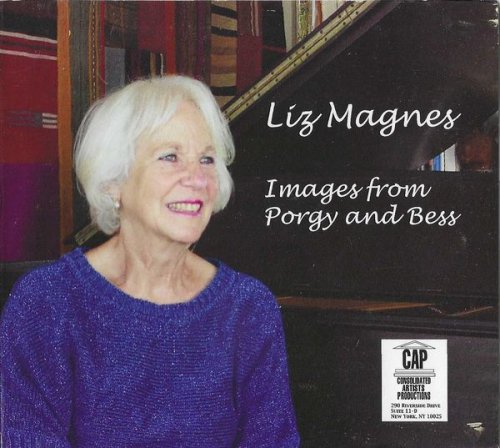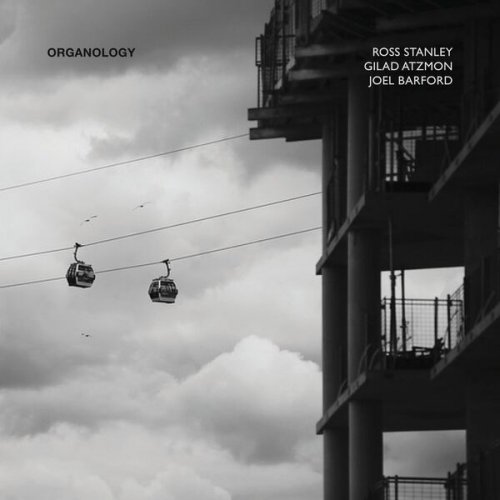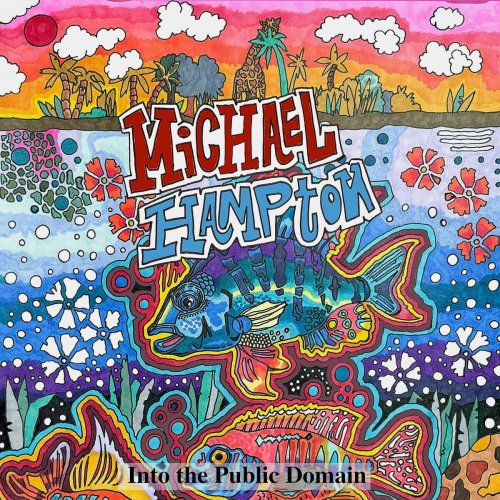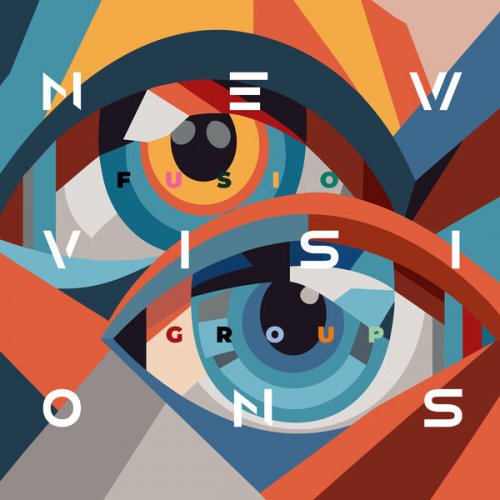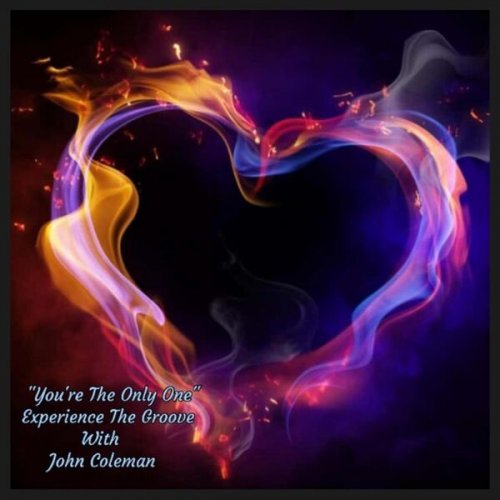Ruby Braff, Pee Wee Russell, Bud Freeman - Gold Rush (2022)
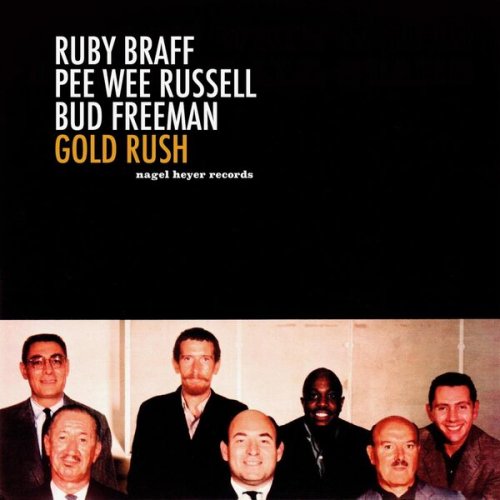
Artist: Ruby Braff, Pee Wee Russell, Bud Freeman
Title: Gold Rush
Year Of Release: 2022
Label: nagel heyer records
Genre: Jazz
Quality: FLAC (tracks) / MP3
Total Time: 1:08:35
Total Size: 343 / 159 MB
WebSite: Album Preview
Tracklist:Title: Gold Rush
Year Of Release: 2022
Label: nagel heyer records
Genre: Jazz
Quality: FLAC (tracks) / MP3
Total Time: 1:08:35
Total Size: 343 / 159 MB
WebSite: Album Preview
01. On the Sunny Side of the Street
02. Crazy Rhythm
03. Slowly
04. Lulu's Back in Town
05. Struttin' with Some Barbecue
06. The Bends Blues
07. Dippermouth Blues
08. Keepin' Out of Mischief Now
09. Loveless Love
10. Ja-Da
11. At the Jazz Band Ball
12. Monday Date
13. Squeeze Me
14. Blue Turning Grey Over You
• One of the great swing/Dixieland cornetists, Ruby Braff went through long periods of his career unable to find work because his music was considered out-of-fashion, but his fortunes improved by the 1970s. A very expressive player who in later years liked to build his solos up to a low note, Braff's playing was instantly recognizable within seconds.
Braff mostly worked around Boston in the late '40s. He teamed up with Pee Wee Russell when the clarinetist was making a comeback (they recorded live for Savoy), and after moving to New York in 1953, he fit easily into a variety of Dixieland and mainstream settings. Braff recorded for Vanguard as a leader, and with Vic Dickenson, Buck Clayton, and Urbie Green. He was one of the stars of Buck Clayton's Columbia jam sessions, and in the mid-'50s worked with Benny Goodman. But, despite good reviews and occasional recordings, work was hard for Braff to come by at times. In the 1960s, he was able to get jobs by being with George Wein's Newport All-Stars and at jazz festivals, but it was not until the cornetist formed a quartet with guitarist George Barnes, in 1973, that he became more secure. Afterward, Braff was heard in many small-group settings, including duets with Dick Hyman and Ellis Larkins (he had first met up with the latter in the 1950s), quintets with Scott Hamilton, and matching wits with Howard Alden. He remained one of the greats of mainstream jazz until his death in 2003. ~ Scott Yanow
• Pee Wee Russell, although never a virtuoso, was one of the giants of jazz. A highly expressive and unpredictable clarinetist, Russell was usually grouped in Dixieland-type groups throughout his career, but his advanced and spontaneous solos (which often sounded as if he were thinking aloud) defied classification. A professional by the time he was 15, Pee Wee Russell played in Texas with Peck Kelley's group (meeting Jack Teagarden) and then in 1925 he was in St. Louis jamming with Bix Beiderbecke. Russell moved to New York in 1927 and gained some attention for his playing with Red Nichols' Five Pennies. Russell freelanced during the era, making some notable records with Billy Banks in 1932 that matched him with Red Allen. He played clarinet and tenor with Louis Prima during 1935-1937, appearing on many records and enjoying the association.
After leaving Prima, he started working with Eddie Condon's freewheeling groups and would remain in Condon's orbit on and off for the next 30 years. Pee Wee Russell's recordings with Condon in 1938 made him a star in the trad Chicago jazz world. Russell was featured (but often the butt of jokes) on Condon's Town Hall Concerts. Heavy drinking almost killed him in 1950, but Russell made an unlikely comeback and became more assertive in running his career. He started leading his own groups (which were more swing- than Dixieland-oriented), was a star on the 1957 television special The Sound of Jazz, and by the early '60s was playing in a piano-less quartet with valve trombonist Marshall Brown whose repertoire included tunes by John Coltrane and Ornette Coleman; he even sat in with Thelonious Monk at the 1963 Newport Jazz Festival and took up abstract painting. But after the death of his wife in 1967, Pee Wee Russell accelerated his drinking and went quickly downhill, passing away less than two years later. ~ Scott Yanow
• When Bud Freeman first matured, his was the only strong alternative approach on the tenor to the harder-toned style of Coleman Hawkins and he was an inspiration for Lester Young. Freeman, one of the top tenors of the 1930s, was also one of the few saxophonists (along with the slightly later Eddie Miller) to be accepted in the Dixieland world, and his oddly angular but consistently swinging solos were an asset to a countless number of hot sessions.
Freeman, excited (as were the other members of the Austin High School Gang in Chicago) by the music of the New Orleans Rhythm Kings, took up the C-melody sax in 1923, switching to tenor two years later. It took him time to develop his playing, which was still pretty primitive in 1927 when he made his recording debut with the McKenzie-Condon Chicagoans. Freeman moved to New York later that year and worked with Red Nichols' Five Pennies, Roger Wolfe Kahn, Ben Pollack, Joe Venuti, Gene Kardos, and others. He starred on Eddie Condon's memorable 1933 recording "The Eel." After stints with Joe Haymes and Ray Noble, Freeman was a star with Tommy Dorsey's Orchestra and Clambake Seven (1936-1938) before having a short unhappy stint with Benny Goodman (1938). He led his short-lived but legendary Summe Cum Laude Orchestra (1939-1940) which was actually an octet, spent two years in the military, and then from 1945 on, alternated between being a bandleader and working with Eddie Condon's freewheeling Chicago jazz groups. Freeman traveled the world, made scores of fine recordings, and stuck to the same basic style that he had developed by the mid-'30s (untouched by a brief period spent studying with Lennie Tristano). Bud Freeman was with the World's Greatest Jazz Band (1968-1971), lived in London in the late '70s, and ended up back where he started, in Chicago. He was active into his eighties, and a strong sampling of his recordings are currently available on CD. ~ Scott Yanow
Braff mostly worked around Boston in the late '40s. He teamed up with Pee Wee Russell when the clarinetist was making a comeback (they recorded live for Savoy), and after moving to New York in 1953, he fit easily into a variety of Dixieland and mainstream settings. Braff recorded for Vanguard as a leader, and with Vic Dickenson, Buck Clayton, and Urbie Green. He was one of the stars of Buck Clayton's Columbia jam sessions, and in the mid-'50s worked with Benny Goodman. But, despite good reviews and occasional recordings, work was hard for Braff to come by at times. In the 1960s, he was able to get jobs by being with George Wein's Newport All-Stars and at jazz festivals, but it was not until the cornetist formed a quartet with guitarist George Barnes, in 1973, that he became more secure. Afterward, Braff was heard in many small-group settings, including duets with Dick Hyman and Ellis Larkins (he had first met up with the latter in the 1950s), quintets with Scott Hamilton, and matching wits with Howard Alden. He remained one of the greats of mainstream jazz until his death in 2003. ~ Scott Yanow
• Pee Wee Russell, although never a virtuoso, was one of the giants of jazz. A highly expressive and unpredictable clarinetist, Russell was usually grouped in Dixieland-type groups throughout his career, but his advanced and spontaneous solos (which often sounded as if he were thinking aloud) defied classification. A professional by the time he was 15, Pee Wee Russell played in Texas with Peck Kelley's group (meeting Jack Teagarden) and then in 1925 he was in St. Louis jamming with Bix Beiderbecke. Russell moved to New York in 1927 and gained some attention for his playing with Red Nichols' Five Pennies. Russell freelanced during the era, making some notable records with Billy Banks in 1932 that matched him with Red Allen. He played clarinet and tenor with Louis Prima during 1935-1937, appearing on many records and enjoying the association.
After leaving Prima, he started working with Eddie Condon's freewheeling groups and would remain in Condon's orbit on and off for the next 30 years. Pee Wee Russell's recordings with Condon in 1938 made him a star in the trad Chicago jazz world. Russell was featured (but often the butt of jokes) on Condon's Town Hall Concerts. Heavy drinking almost killed him in 1950, but Russell made an unlikely comeback and became more assertive in running his career. He started leading his own groups (which were more swing- than Dixieland-oriented), was a star on the 1957 television special The Sound of Jazz, and by the early '60s was playing in a piano-less quartet with valve trombonist Marshall Brown whose repertoire included tunes by John Coltrane and Ornette Coleman; he even sat in with Thelonious Monk at the 1963 Newport Jazz Festival and took up abstract painting. But after the death of his wife in 1967, Pee Wee Russell accelerated his drinking and went quickly downhill, passing away less than two years later. ~ Scott Yanow
• When Bud Freeman first matured, his was the only strong alternative approach on the tenor to the harder-toned style of Coleman Hawkins and he was an inspiration for Lester Young. Freeman, one of the top tenors of the 1930s, was also one of the few saxophonists (along with the slightly later Eddie Miller) to be accepted in the Dixieland world, and his oddly angular but consistently swinging solos were an asset to a countless number of hot sessions.
Freeman, excited (as were the other members of the Austin High School Gang in Chicago) by the music of the New Orleans Rhythm Kings, took up the C-melody sax in 1923, switching to tenor two years later. It took him time to develop his playing, which was still pretty primitive in 1927 when he made his recording debut with the McKenzie-Condon Chicagoans. Freeman moved to New York later that year and worked with Red Nichols' Five Pennies, Roger Wolfe Kahn, Ben Pollack, Joe Venuti, Gene Kardos, and others. He starred on Eddie Condon's memorable 1933 recording "The Eel." After stints with Joe Haymes and Ray Noble, Freeman was a star with Tommy Dorsey's Orchestra and Clambake Seven (1936-1938) before having a short unhappy stint with Benny Goodman (1938). He led his short-lived but legendary Summe Cum Laude Orchestra (1939-1940) which was actually an octet, spent two years in the military, and then from 1945 on, alternated between being a bandleader and working with Eddie Condon's freewheeling Chicago jazz groups. Freeman traveled the world, made scores of fine recordings, and stuck to the same basic style that he had developed by the mid-'30s (untouched by a brief period spent studying with Lennie Tristano). Bud Freeman was with the World's Greatest Jazz Band (1968-1971), lived in London in the late '70s, and ended up back where he started, in Chicago. He was active into his eighties, and a strong sampling of his recordings are currently available on CD. ~ Scott Yanow
